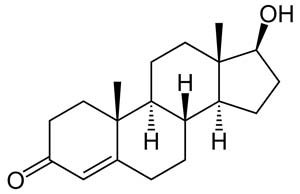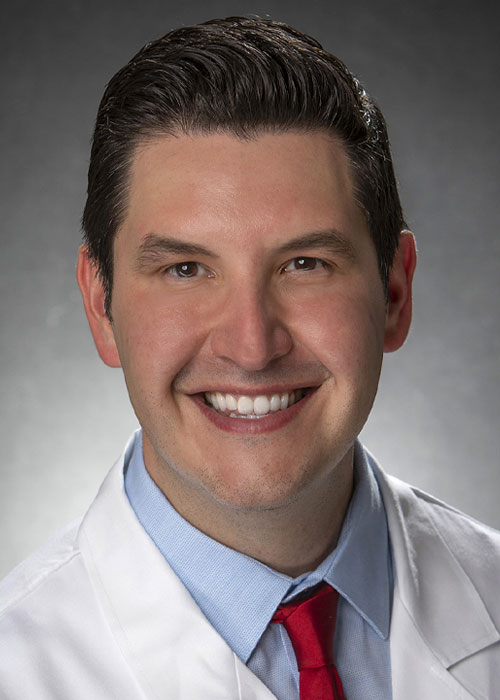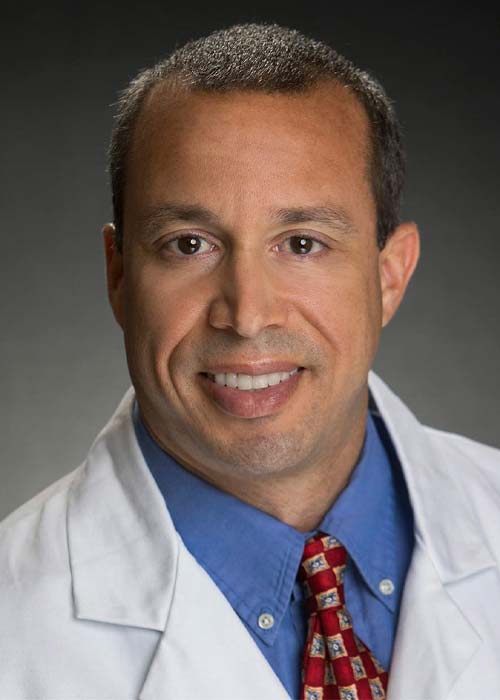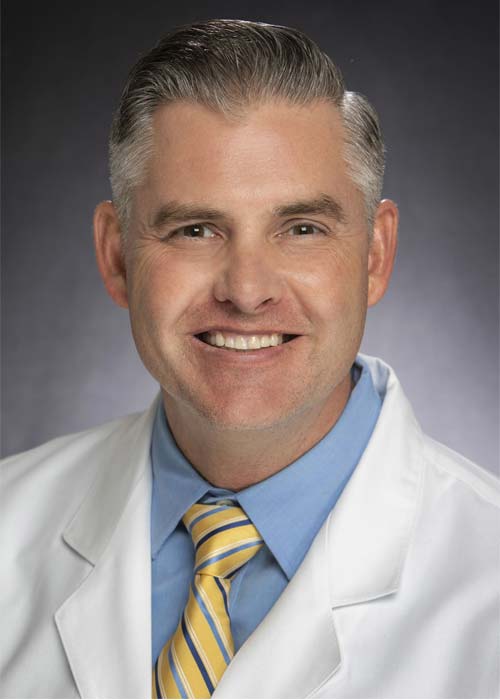Low Testosterone
Testosterone is a hormone that is made primarily in a man’s testicles. Your brain keeps track of how much testosterone is in your blood and tells your testicles when it’s time to make more.
Testosterone is responsible for many male physical characteristics like body and facial hair. It also plays a role in:
- a man’s sex drive
- sperm production (which can lead to Male Infertility issues)
- muscle mass and bone density
- energy level
- a man’s emotions and sense of well-being
Low Testosterone has many different treatment options.
Testing and Treatment
Testosterone levels are measured with a simple blood test, drawn in the morning when testosterone levels are at their peak. A healthy level ranges from 300 to 1,000 ng/dL, although a “normal” level varies from man to man and changes throughout a man’s lifetime.
As men age, the testes gradually produce less testosterone. Starting at around age 40, testosterone production declines at a rate of about 1 percent a year. This decline is normal and may not cause any symptoms.
Symptoms of Low Testosterone
Low testosterone can be treated if is causing symptoms including:
- Decreased interest in sex
- Trouble getting or keeping an erection
- Trouble getting a woman pregnant because of low sperm count
- Increase in breast size and body fat
- Feelings of irritability, anger or depression
- Trouble concentrating
If the loss of testosterone is severe, it can cause a loss of body hair, a reduction in muscle mass and smaller, softer testicles. It can also cause reduced bone density, which can increase your risk of osteoporosis.
Treatments for Low Testosterone
Testosterone replacement therapy can restore abnormally low levels of testosterone back to an age-appropriate, normal range. It is available in several forms including injections, dissolvable pellets placed under the skin, patches, gels and dissolvable oral tablets.
There are serious risks associated with testosterone use so men must not take testosterone without their doctor’s supervision.
Printable Information
Frequently Asked Questions
Will testosterone replacement therapy correct my erectile dysfunction?
The primary cause of erectile dysfunction is usually not low testosterone but rather a blood flow problem caused by high blood pressure, diabetes and stiff artery walls. Correcting testosterone levels alone will not fix erectile dysfunction that is caused by blood flow issues.
How long do I need to take testosterone replacement therapy?
Once a man starts taking testosterone replacement therapy, he needs to continue taking it because his body does not make enough of the hormone on its own. Furthermore, production of testosterone by the testes will decrease over time when a man takes TRT because his brain senses enough testosterone is already circulating in the body.






